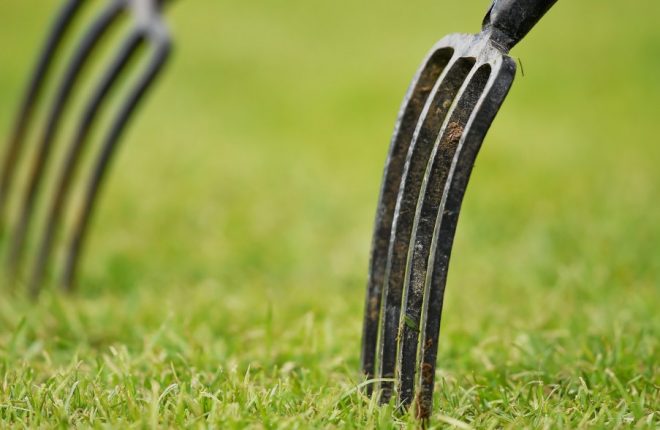
The commemorations of the 1916 rising remind us of an important part of the country’s history. But John Hughes says that the GAA is one of few groups who held true the ideals of those patriots
By John Hughes
It has been an odd experience this whole 1916 thing.
Did you know the army went to every school in the country with a tricolour and copy of the proclamation? Except of course they didn’t do that at all. They went to some 3,200 schools in the 26 counties, offering the youth of the Republic of Ireland a tangible link between what took place in Easter 1916 and the modern country they are young citizens of.
That exercise in national awareness stopped at the border though.
The television, radio and newspapers have been rife the usual stuff about maturity and balance. There has been quite a bit of talk about being cognisant of the sensitivities of those in the north who reject the Rising and its goals.
Just about the only group who don’t exist in this narrative are the very substantial minority in the north who regard themselves first and foremost as Irish.
This group was the sacrificial victim of partition. No flags and artfully printed proclamations for them.
There’s been much talk of democratic mandates. Funny how those who are so deeply concerned about the mandate for 1916, often blithely ignore the fact that partition flew in the face of the democratically expressed will of the Irish people.
Probably the most illustrious man ever to come from my home parish of Middletown was Eamon Donnelly. Born in 1877 he was, as the Newry Journal put it following his funeral, “A passionate believer in Irish independence.” He was Sinn Fein’s director of elections in 1918, an election where the Irish people made their views on continued British overlordship in Ireland plainly known.
The British had no mandate for partition. It was imposed on the country by brute force of military might. That is the beginning, middle and end of the explanation.
Quibbling about mandates? Frankly that’s for people who don’t have enough guns.
Once imposed, it suited some in the 26 counties to play along with it. After all, a confessional theocracy is easier to create when you don’t have a substantial minority demanding institutional diversity.
The rest went along because, although they tacitly acknowledged that brute force had settled this matter, the pretty canard of the boundary commission allowed them to divest themselves of entanglement with the north without unduly bruising of their nationalist credentials.
Once appropriate bluster had been expended over the travesty of the boundary commission, the 26 county establishment could comfortably get down to the important business of forgetting the six counties ever existed.
Northern nationalists were thrown to the wolves. It was all done with marvelous decorum and the semblance of national comradeship, but we were still thrown to the wolves.
So, like Banquo at the feast, we are an unwelcome presence at the 1916 centenary celebrations.
Some say our sin is what unfolded in the north between 1960s and 1990s.
That is tripe.
Our real sin is that we stand as a reminder of the pragmatic flexibility of 26 county morality.
The leaders of 1916 stood for a strong set of principles and beliefs. They believed in an Ireland that valued its past and its culture, but which was also confident, inclusive and progressive. That, in a nutshell, was what the proclamation was all about.
They set a standard, and asked us to follow.
The sad fact of the matter is that in many respects, the 26 county state was found wanting when it came to living up to those founding principles laid down outside the GPO.
But perhaps their greatest crime was the alacrity with which they not only turned their back on those they abandoned in the north after having fought with them in common cause, but then painted them as scoundrels for failing to accept the boot on the throat with meek submission.
I think this is why the GAA has accomplished such a strong grip in the six counties. Other organisations profess to be all-Ireland bodies, but the GAA is the only organisation which accepted northern nationalists on their own terms. They were the only organisation who truly empathised with the struggle we had to sustain our cultural inheritance. At times they seemed to be the only significant institution based in the 26 counties which accepted that northern nationalists had any valid grievances with the post-partition dispensation.
The GAA were one of the few bodies which actually took the lofty ideals of 1916 seriously and tried to put them into practical action.
The GAA has given northern nationalists a sense of belonging to the wider Irish nation, something which the 26 county establishment has singularly failed to do.
Have there been mistakes along the way? Of course there have.
But in binding together those who want to embrace and celebrate our nation’s sporting and cultural heritage, irrespective of which side of an arbitrary line they live, the GAA have done something much greater than that small purpose.
In the best possible sense, the GAA has sustained a sense of common, independent and positive Irish identity, which is as authentic in Ballycastle as it is in Bantry.
In that respect they, more than most, the GAA can claim to be true heirs to the spirit of 1916.
Receive quality journalism wherever you are, on any device. Keep up to date from the comfort of your own home with a digital subscription.
Any time | Any place | Anywhere













